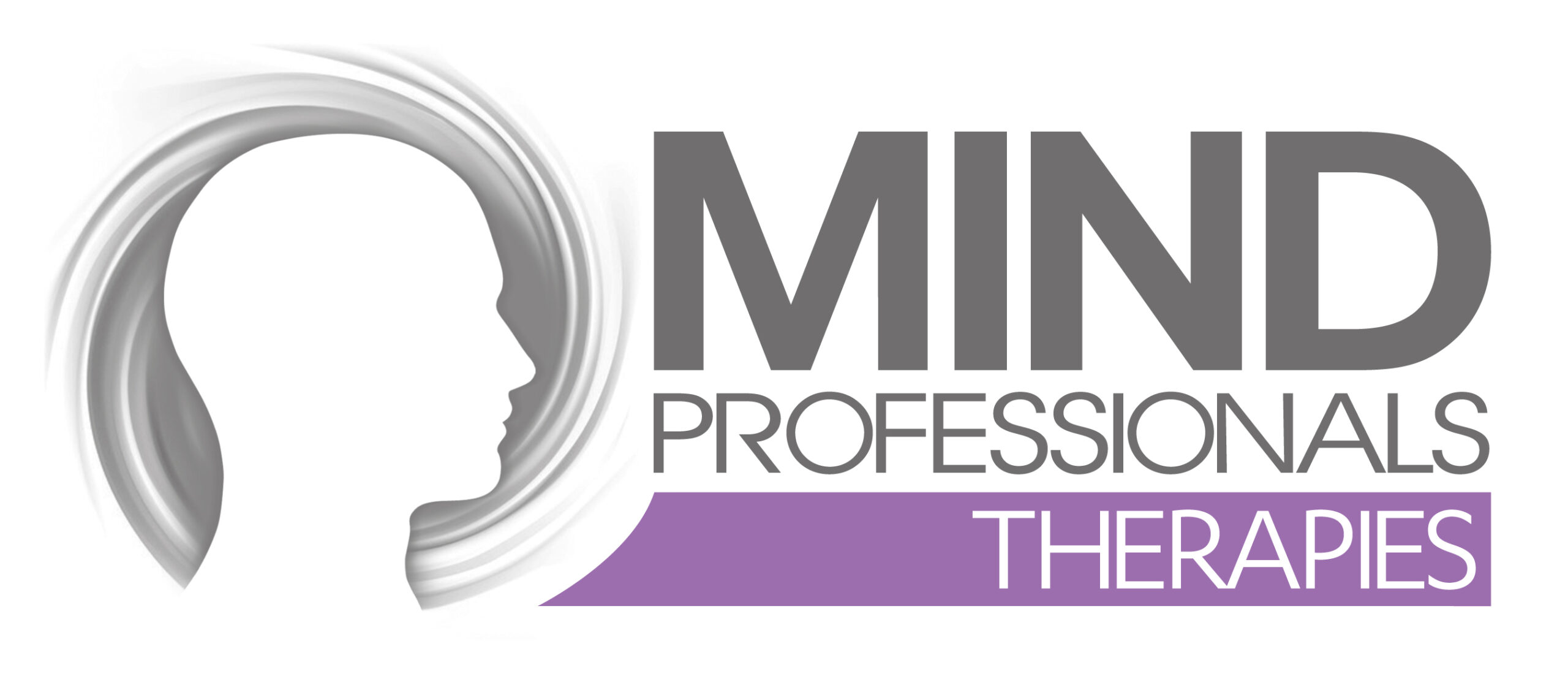WHAT IS ADULT ADHD?
Dr Utpaul Bose
BSc; MSc; MB; BS; MRCPsych; Dip. Forensic Psychiatry
Consultant ADHD Psychiatrist
Clinical Lead ADHD Diagnosis and Treatment Services
MIND Professionals Ltd
ADHD is a neurodevelopmental disorder, meaning that it starts in childhood. ADHD has always been thought of as a condition that predominantly affects children. In fact, up until the early 2000’s, child psychiatrists (except Paul Wender) found the vast majority of children with ADHD grew out of the condition during adolescence when they followed them up into adulthood. However, since 2015, a host of community cohort longitudinal studies have been published which show that although many children with ADHD do grow out of the condition, more interestingly, many of the adults with ADHD at follow-up would not have been diagnosed as children. Many of these individuals had above average intelligence and could work around their ADHD as children but could no longer do this as adults.
Both the ICD-11 and DSM-5-TR (APA, 2022) classification systems contain two separate symptom clusters: inattention and hyperactivity/impulsivity. One of the disadvantages of the DSM system is that it is very reluctant to change dramatically every time a new edition is published, so since the first time ADHD appeared in DSMIII (APA, 1980) as Attention-Deficit Disorder ± Hyperactivity (ADHD ± H), the symptoms have changed very little even though there has been a vast literature base that proves otherwise. One of many examples is that all the most famous experts in the field of ADHD, Paul Wender, Keith Conners, Russel Barkley, Thomas Browne and Philip Asherson, believe that emotion dysregulation is a core feature of feature of ADHD, and yet it has never had its own symptom cluster added in the DSM.
The DSM symptoms of ADHD have been derived by very well-designed field trials – however, the subjects of these trials have been 7–11-year-old children; and it has been taken for granted that these symptoms apply to ADHD adults as well. It is assumed that as the child grows up, they gradually lose these symptoms and become ‘less ADHD’. I have no problems with the DSM symptoms being a good reflection of the ADHD presentation in children, but do they really reflect the presentation in adults?
As children below the age of 10 cannot give you a good description of their minds (mental state), ADHD is diagnosed using behaviours. These behaviours are based on problems that a child will have in a classroom situation. However in the DSM-5 (APA, 2013), ADHD was moved from the chapter headed Behavioural Disorders, where it lay with Conduct Disorder, to the chapter headed Neurodevelopmental Disorders, where it now lies with Autism Spectrum Disorder (ASD).
In reality, ADHD presents very differently in adults from the way it presents in children. This is not surprising considering the major changes in brain structure that occur throughout adolescence. Adolescence is a time of great emotional turmoil.
Whereas childhood ADHD is seen as a problem with self-control (giving in to the first impulse that comes into your head, although it might not be the best choice), Adult ADHD is a problem with the self-regulation system of the brain.
The self-regulation system modulates thinking, moods, emotions, behaviours and attention – either deliberately or automatically – so that the individual can reach its goals.
When ADHD is conceptualised as a disorder of self-regulation, three important features arise:
- There is a problem in modulation in Adult ADHD. Modulation means modifying something to the right level (like a dimmer switch). If it is too low, it is enhanced, if it too big, it is diminished. If the modulating system if broken, things will either be too big or too small. This is why Adult ADHD presents as “a syndrome of extremes”.
- It is not just attention and activity levels which are modulated, but also thinking, emotion, and moods.
- Self-regulation can be done deliberately (with effort) or automatically (without effort). Adults with ADHD have to put a lot of effort into doing things (even looking normal), compared to non-ADHD adults, who have to put no effort in, because this comes automatically to them. This effort is exhausting and can lead to depression and burn-out.
All the medications used in Adult ADHD affect two chemicals in the brain: noradrenaline (NA) and dopamine (DA). These work in tandem across the brain to self-regulate it. Noradrenaline turns the arousal level of the brain up and down like a dimmer switch, and dopamine conserves energy by planning and organising actions by virtue of their long-term rewards – it does this by stopping unwanted or irrelevant thoughts from entering the mind, turning down emotion and allowing more time to think before acting.
